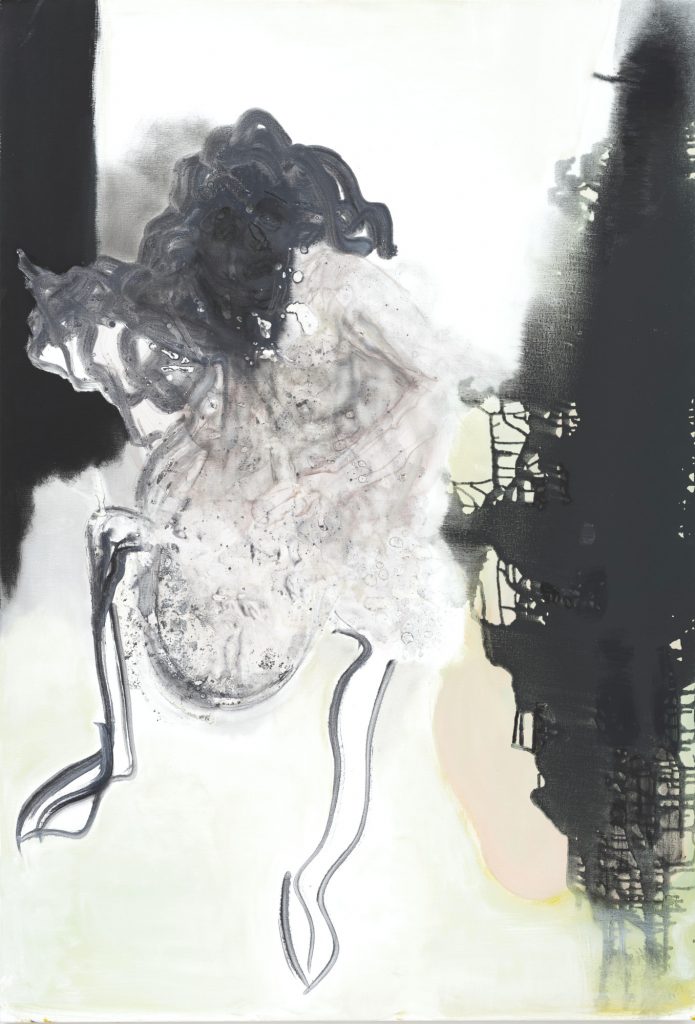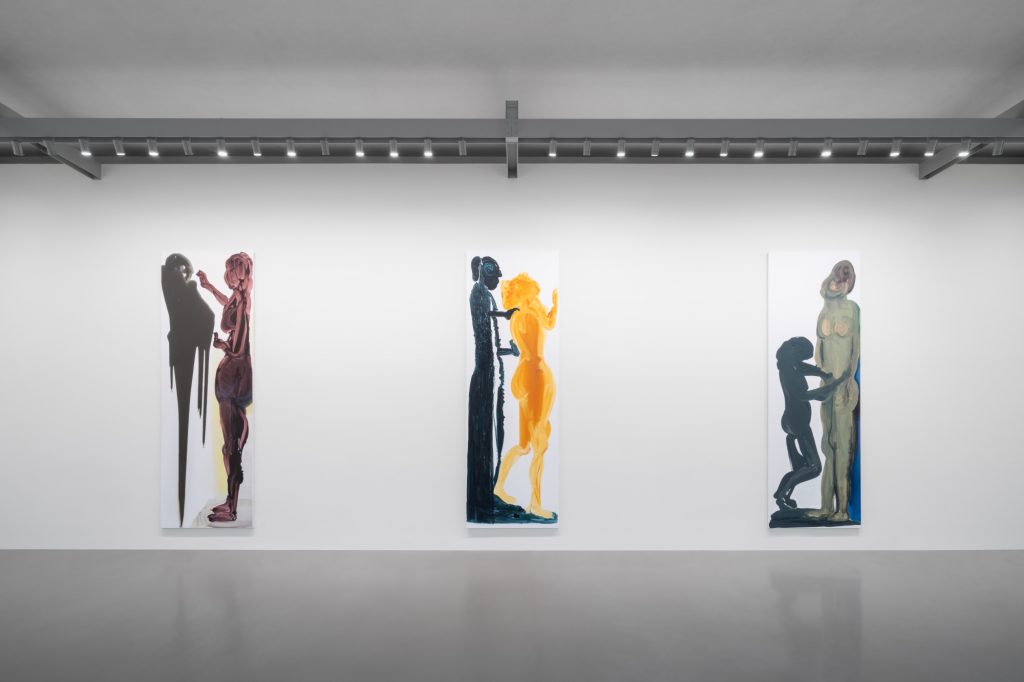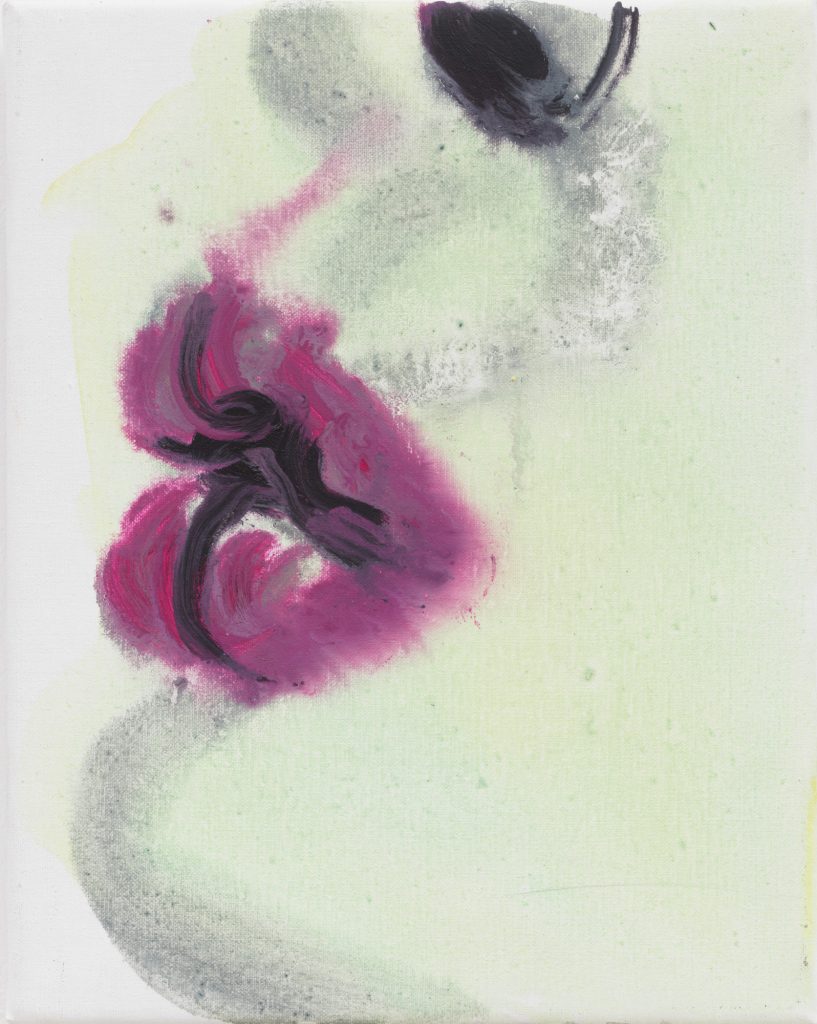Camille Claudel in 5 Sculptures
Camille Claudel was an outstanding 19th-century sculptress, a pupil and assistant to Auguste Rodin, and an artist suffering from mental problems. She...
Valeria Kumekina 24 July 2024
On view until January 8, 2023, the exhibition Open-End, curated by Caroline Bourgeois for Palazzo Grassi in Venice, is a kaleidoscope of faces and emotions, as well as a window into Marlene Dumas’ world that reflects back on us.
If it is true that a picture is worth a thousand words, then the Marlene Dumas’ exhibition at Palazzo Grassi in Venice is a whole encyclopedia. Gathering over 100 works among paintings and drawings created from 1984, the exhibition brings each visitor inside Marlene Dumas’ world and suggests an infinite number of interpretations.
Marlene Dumas was born in South Africa in 1953 and is regarded as one of the most representative painters of our times. Her career spans over 40 years, during which she has obsessively and repeatedly analyzed the theme of human portraitures, both as a symbol and a means to remember and describe. The artist is well known for her interest in the relationship between image and text, and her works present just as many layers as hermetic poetry. With an eerie and uncanny style, her paintings and drawings present a commentary on her life, a precise subject, and a hidden message all at the same time.

Marlene Dumas, Straitjacket, 1993, private collection, courtesy of Zeno X Gallery, Antwerp, Belgium. Photo by Felix Tirry © Marlene Dumas.
Marlene Dumas grew up and studied fine arts in South Africa during the brutal apartheid regime before moving to Europe in 1976 for further studies. She eventually settled in Amsterdam, Netherlands, where she still lives and works today. In the early years of her career she was known for her collages and texts, but later Dumas turned completely to the human figure through portraits, working primarily with oil on canvas and ink on paper.
In her creative practice, all the experiences she encountered in her life matter. From the apartheid regime to the freer society she experienced after moving to Amsterdam, from her lovers to her daughter; all have a place among the vast recollection of images and themes upon which she develops her practice. And it is not just symbolic recall that we can find in her work- the artist, in fact, uses images that she has collected over the years; from newspapers, magazines, film stills, photographs, or polaroids she herself has taken to create her paintings, almost copying the original images on canvas.
As the artist once said:
I am an artist who uses second-hand images and first-hand emotions.
Sweet Nothings. Notes and Texts, first edition Galerie Paul Andriesse and De Balie Publishers, Amsterdam, 1998; and second edition (revised and expanded) Koenig Books London, 2014, p. 80.

Marlene Dumas, Le Désespoir de la Vieille (The Old Woman’s Despair), 2020, courtesy of the artist and Zeno X Gallery, Antwerp, Belgium. Photo by Peter Cox, Eindhoven © Marlene Dumas.
The portraits of Marlene Dumas function therefore as a sort of diary, a narration of her life that analyzes both her direct experiences as well as the figures, true or fictional, that have inspired the artist. Some of the portraits almost resemble ID photos, as the faces entirely occupy the canvas, and the subjects are represented frontally and floating on neutral backgrounds. It is a distinctive character of Dumas’ paintings and drawings, as she rarely reproduces groups or defines the backgrounds and spaces surrounding the subjects of her works. Standing alone, facing the viewers, or moving inside the tight and confined space of the canvas, these images represent almost single pieces of a much bigger puzzle, tiles of a much broader mosaic.
The Venice exhibition follows some of the recurring themes in Dumas’ production as a way of organizing the works on display. The show occupies two entire floors of Palazzo Grassi, which are dedicated respectively to “Myths & Mortals” and “Double Takes.” Among these broader categories, the works are divided into smaller groups, each dedicated either to an emotion or to a specific set of people or experiences. There are sections dedicated to desire, absence, and love as represented by couples, or the Spleen, the melancholic state described by Charles Baudelaire in his Paris Spleen collection of prose poems. But there are also aliens, deities, children and mythological characters, and vices and magical rituals, all of which had a significant impact on Dumas’ life and oeuvre.
The exhibition is an orgy of faces and themes, and much like a personal diary, it contains nearly everything. Sacred and profane, private and public, real and fictional, all these elements merge together in a kaleidoscopic experience. The intent is clear, as it appears from the very title of the exhibition, Open-End: the exhibition is a reminder of all the dichotomies and paradoxes we constantly experience in our lives.

Marlene Dumas, (from left to right) The Origin of Painting (The Double Room), 2018, Time and Chimera, 2020, The Making of, 2020, courtesy of the artist and Zeno X Gallery, Antwerp, Belgium. Installation view, Marlene Dumas. open-end at Palazzo Grassi, Venice, Italy, 2022. Photo by Marco Cappelletti con Filippo Rossi © Palazzo Grassi © Marlene Dumas.
And it was Marlene Dumas herself that chose the title of the show. In the exhibition catalog, the artist explains it as follows:
I thought a lot about what binds all my works together, trying to find a title that would also reflect my state of mind and my perception of the world around me. (…) Then I thought about the word “open” and about how my paintings are open to different interpretations. In my works, the viewer immediately sees what I painted but does not yet know the meaning of it. Where the work starts is not where it ends. The word “end”, which in the context of the pandemic has its own implications, is both fluid and melancholic.
The exhibition catalog, Marlene Dumas. Open-End, co-edited by Palazzo Grassi – Punta della Dogana with Marsilio Arte, Venice.

Marlene Dumas, Lips, 2018, private collection, courtesy of David Zwirner. Photo by Kerry McFate, New York © Marlene Dumas.
In the same catalog, François Pinault, president of Palazzo Grassi, defines Dumas’ work as bearing a “terrible beauty”- a beauty that is at the same time seductive and frightening. In fact, one can find contrasting feelings in Dumas’ production, and a recurring sense of suffering, but there are also joyous elements and a pervasive sense of freedom, both personal, sexual, and intellectual. This unique mix creates a powerful sense of liberation, almost intimidating in its force and lure.
The exhibition is, therefore, a double-sided mirror. It brings us into Dumas’ world, while also forcing us to ponder and reflect on our lives, and all the contrasts, characters, and emotions we necessarily live through. And just like a diary where the last few pages are left blank, it keeps an open end for us to continue the story.
The show Marlene Dumas. Open-End is curated by the artist in collaboration with Caroline Bourgeois and runs in Palazzo Grassi, Venice, from March 27, 2022, through January 8, 2023.
DailyArt Magazine needs your support. Every contribution, however big or small, is very valuable for our future. Thanks to it, we will be able to sustain and grow the Magazine. Thank you for your help!